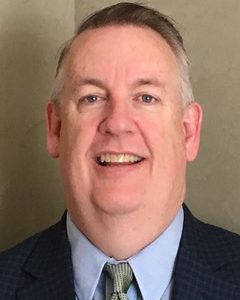Common Goal Unites District
Leaders and teachers build literacy and a collective responsibility for student learning.
By James A. Bailey
April 2016
Read the remaining content with membership access. Join or log in below to continue.
Sed ut perspiciatis unde omnis iste natus error sit voluptatem accusantium doloremque laudantium, totam rem aperiam, eaque ipsa quae ab illo inventore veritatis et quasi architecto beatae vitae dicta sunt explicabo. Nemo enim ipsam voluptatem quia voluptas sit aspernatur aut odit aut fugit, sed quia consequuntur magni dolores eos qui ratione voluptatem sequi nesciunt. Neque porro quisquam est, qui dolorem ipsum quia dolor sit amet, consectetur, adipisci velit, sed quia non numquam eius modi tempora incidunt ut labore et dolore magnam aliquam quaerat voluptatem.
References
Lee, V. & Smith, J. (1996). Collective responsibility for student learning and its effects on gains in achievement for early secondary school students. American Journal of Education, 104(2), 103-147.
Shanahan, T. & Shanahan, C. (2008). Teaching disciplinary literacy to adolescents. Harvard Educational Review, 78(1), 40-59.
Shanahan, T. & Shanahan, C. (2012). What is disciplinary literacy and why does it matter? Topics in Language Disorders, 32(1), 7-18.

James A. Bailey (james@sel-leaderu.com) and Randy Weiner (randy@sel-leaderu.com) are partners at SEL-LeaderU.
Recent Issues
NAVIGATING NEW ROLES
April 2025
Whether you’re new to your role or supporting others who are new,...
LEARNING DESIGNS
February 2025
How we learn influences what we learn. This issue shares essential...
BUILDING BRIDGES
December 2024
Students benefit when educators bridge the continuum of professional...
CURRICULUM-BASED PROFESSIONAL LEARNING
October 2024
High-quality curriculum requires skilled educators to put it into...








